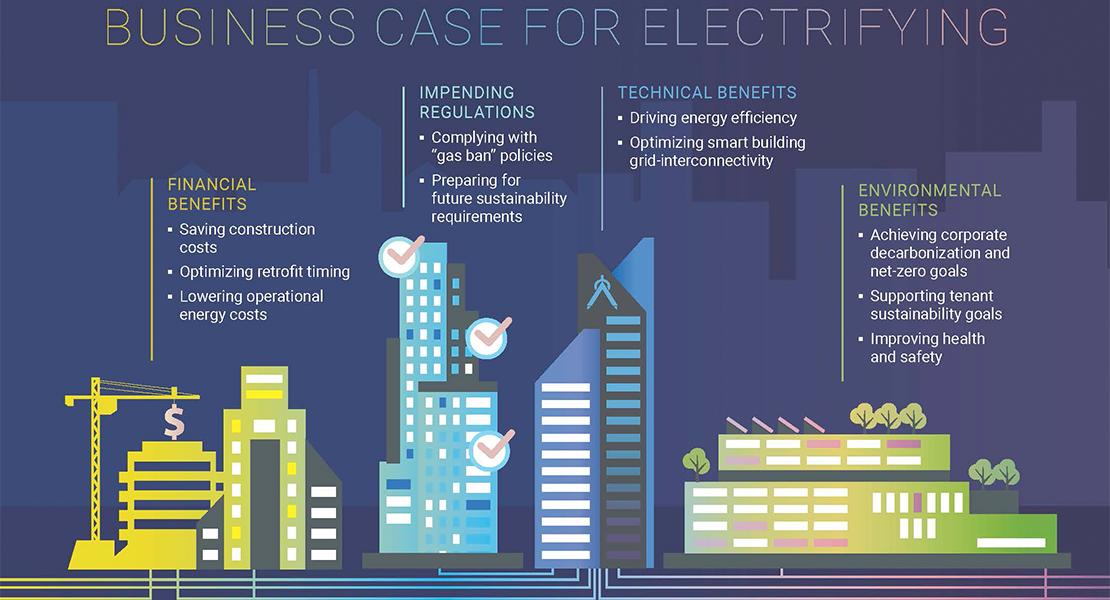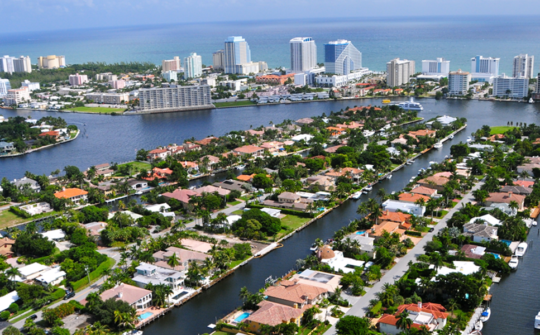With the increasing focus on sustainability, the ULI Greenprint membership community continued to grow in FY21, reaching a record high 45 global real estate companies committed to improving the environmental performance of the global commercial real estate industry. This is a clear sign that the real estate industry is impressing an increased importance on sustainability and understands its value to the bottom line—Greenprint is, after all, intended to be a “blueprint” for green buildings. ULI Greenprint members benefit from collaboration and networking with an expanding group of leading sustainable real estate organizations. In addition to learning from and participating in a sustainability-focused community, members also have the opportunity to contribute expertise and examples in ULI’s global reports:

The ULI Blueprint for Green Real Estate builds on the leading sustainability work that Greenprint member organizations have been implementing since 2009, highlighting best practices and project profiles from almost all members. Building a sustainability program for a real estate portfolio from the ground up is no simple task; it takes thoughtful and thorough work across, technical, financial, and market-facing elements to achieve success. The Blueprint is for real estate owners and investors looking to create or accelerate a sustainability program, and developers looking for ways to integrate sustainability into their overall development strategy.
In conjunction with the release of the report, Greenprint also hosted a Blueprint webinar series featuring experts already working to shift their real estate portfolios toward creating both short- and long-term financial value by integrating sustainability into the development of organization-wide sustainability programs, new construction, and retrofits of existing buildings.
Electrify: The Movement to All-Electric Real Estate dives into a specific decarbonization strategy for real estate, showcasing the commercial real estate industry’s shift toward all-electric buildings. As more cities pass “gas bans” or carbon emission reduction goals, and as tenants and residents demand healthy and sustainable spaces, real estate firms need to be aware of the market drivers and overall business case. According to the ULI members and technical experts interviewed for the report, electrification across new and existing buildings can help future-proof portfolios, attract high-quality tenants, and improve the health and safety of building occupants, while also lower building emissions.

In alignment with Greenprint’s goals of a 50 percent reduction in greenhouse gas emissions by 2030 and net-zero operations by 2050, these resources aim to shift real estate portfolios toward a way that reduces carbon emissions, water use, and waste creation, while building value.


